How to Make Cascarones (Confetti Eggs)
It’s not Easter if you don’t get cascarones (confetti eggs) cracked on your head! This Southwestern tradition is fun for the whole family. The kids enjoy dying their own eggs in preparation for the big day, too. Learn how to make these festive Easter eggs from start to finish.

This post contains affiliate links, and I will be compensated if you make a purchase after clicking on my links. For more information, please see my disclosures.
What are Cascarones used for?
Cascarones are colorfully decorated chicken eggshells filled with confetti. Traditionally, families color the eggs using food dye, though some may choose to paint them instead.
You can watch my full YouTube video HERE to learn more about this tradition.
The name cascarón (singular) comes from the Spanish word “cáscara” which means skin, peel, or shell.

In the Southwestern part of the United States, it’s an Easter tradition to crack cascarones on the heads of friends and family. Many argue this confetti release brings good luck, but those on the receiving end may beg to differ.
(Let’s just say the confetti gets everywhere!)
My family here in Texas has been making cascarones for well over 70 years. Each spring, we begin saving our empty egg shells from breakfast. Then, we gather as a family to beautifully dye them, load them with confetti, and cover the holes with tissue paper.

As a child, I always looked forward to an Easter egg hunt involving cascarones, followed by a series of attempts to sneak up and crack one (or four) on my brothers’ heads. Now my own children enjoy cracking cascarones on Mommy’s head after church on Sunday.
What is the history of cascarones?
The cascarón has roots in Asia where eggs were filled with scented powder and given as gifts, presumably to affluent women. The tradition then spread throughout Europe, thanks in part to Marco Polo, as legend has it.
When Maximilian and Charlotte (known as ‘Carlota’) arrived in Mexico in 1864, they introduced cascarones to the country, replacing the perfumed powder with confetti.
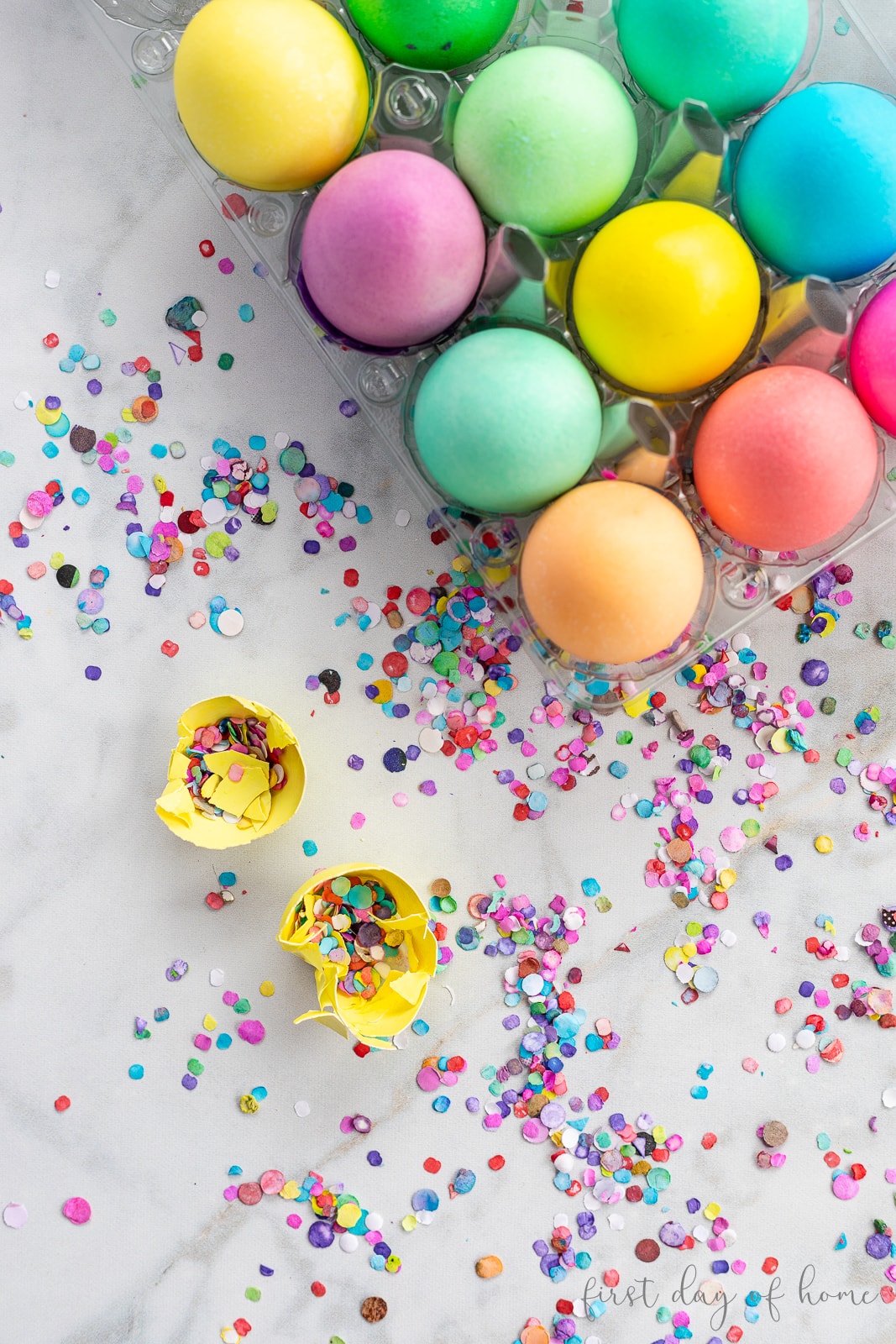
Today, Mexicans still use cascarones to celebrate special holidays like Carnaval (Carnival before Lent), Dia de los Muertos, Cinco de Mayo, and most commonly, Easter.
Given the proximity of Texas to Mexico, this Mexican tradition quickly spread to border towns in the U.S. and other parts of the Southwest. (That’s where my family picked it up!)
You’ll find cascarones as a staple during Fiesta San Antonio usually held in March or April. They’re a festive addition to any holiday celebration.
How to Properly Crack a Cascarón
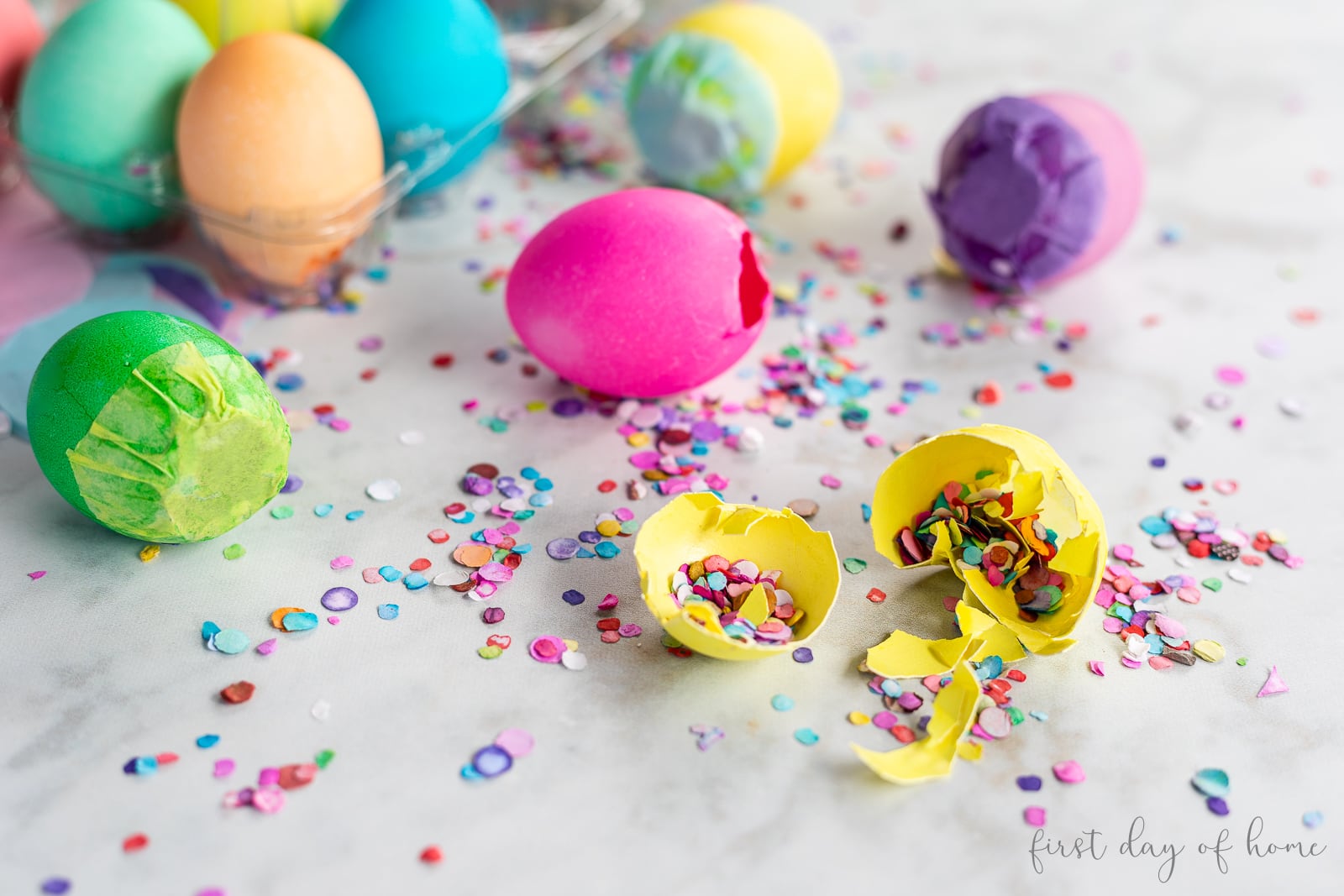
Yes, there is a right and wrong way to break cascarones over someone’s head. Take it from my decades of experience!
Tip
As a show of mercy, always crush the eggshell in your hand before smothering it on the recipient’s head.
Smashing the egg directly on someone’s head is painful and may require several knocks to break the shell open. (Ask me how I know.)
You want to get invited back to the Easter picnic, right?
I’ve also read a suggestion that you can fill cascarones with glitter instead of confetti. Um, no! That will also get you banned from future Easter celebrations. Just stick with paper confetti, and crack your cascarón responsibly. (wink)
In practice, the tradition of cascarones usually involves a little sneakiness to get close enough to your target person without them knowing what’s in store. That usually leads to payback, and the fun continues. It’s a joyful and playful activity that both kids and adults enjoy.
You might also like: Decoupage Easter Eggs
Pin it for later!

I hope you and your families have a blast making (and breaking) cascarones as a new tradition! If it’s a new tradition for you, remember practice makes perfect…
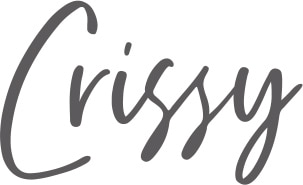
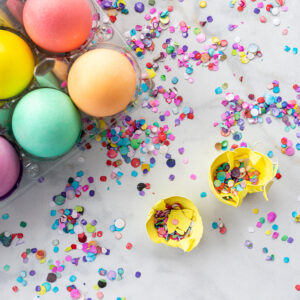
How to Make Cascarones (Confetti Eggs)
Equipment
- 4 mugs or mason jars
- Spoon or whisk
- Bowl
- Egg cartons for storage
Supplies
- 12 Eggshells
- Food coloring
- 4 cups Water
- 8 tablespoons Vinegar
- Confetti
- Tissue Paper (or craft paper)
- Glue
- Egg coloring kit (optional, in place of food coloring and vinegar)
- Empty egg carton
Instructions
Dyeing the Eggs
- Make a crack in the top of a chicken egg creating a small hole. Empty the egg contents.
- Rinse the eggshells completely, and let them dry face down on a drying rack or paper towel.
- Heat 4 cups of water in the microwave about 1-2 minutes, or bring to a low boil on the stove.
- Add 8 tablespoons of vinegar to the water. Then, pour the mixture into each mug or mason jar.
- Add 8-10 drops of food coloring to each container and mix well.
- Submerge the empty eggshells into the containers, using a spoon or whisk to prevent the eggs from floating.
- Dye the eggs for 10-20 minutes until they reach a vibrant color. Then, remove them from the dye.
- Allow the eggs to dry upside-down for 1-2 hours. Tip: You can stand them upside-down by using straws or skewers in a jar or a drying rack or paper towel.
- Repeat the process with additional eggs, reheating the water as needed.
Filling the Eggs
- After the eggs have fully dried on the inside, fill the eggs about 1/3 full of confetti.
- Cut tissue paper into 2-inch squares or circles. Then apply glue around the edge of the eggshell opening, and cover with tissue paper.
- Let the tissue paper dry for 5-10 minutes before using your cascarones. You can place unused cascarones in egg cartons for future use as well.


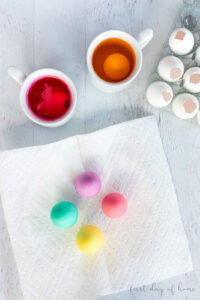
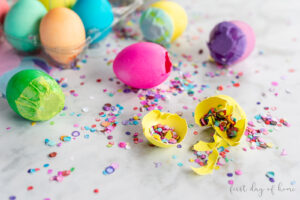
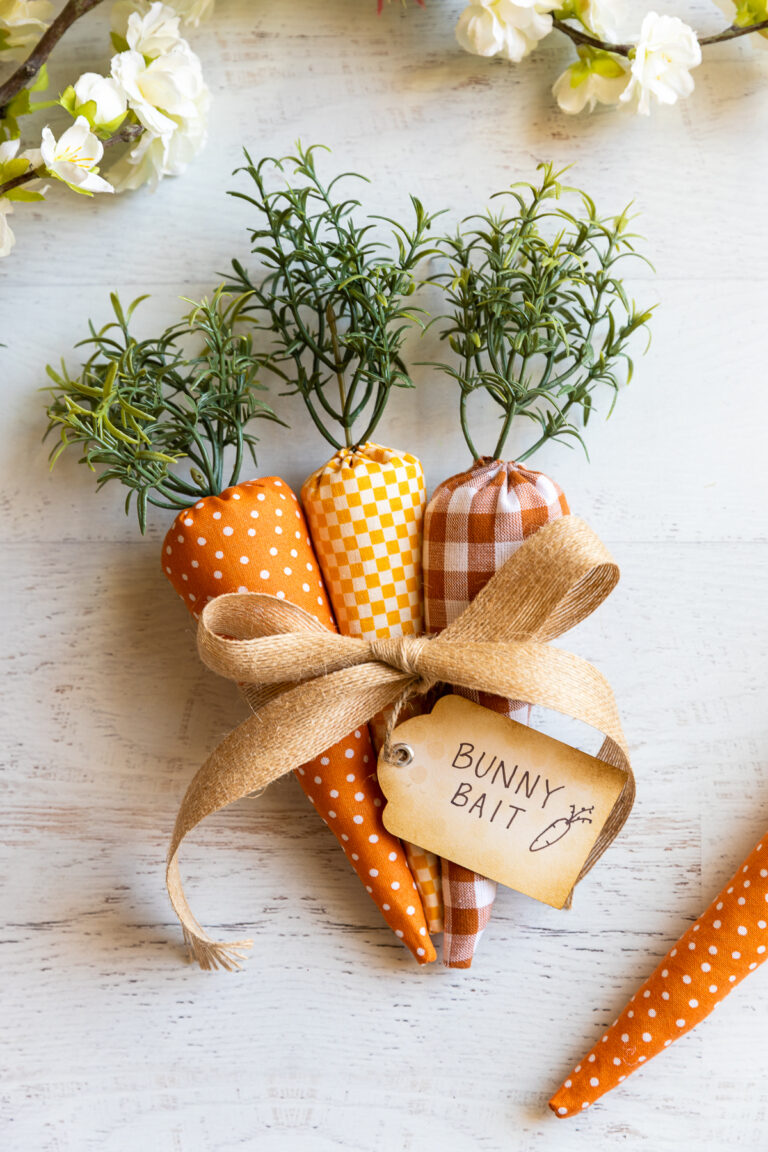
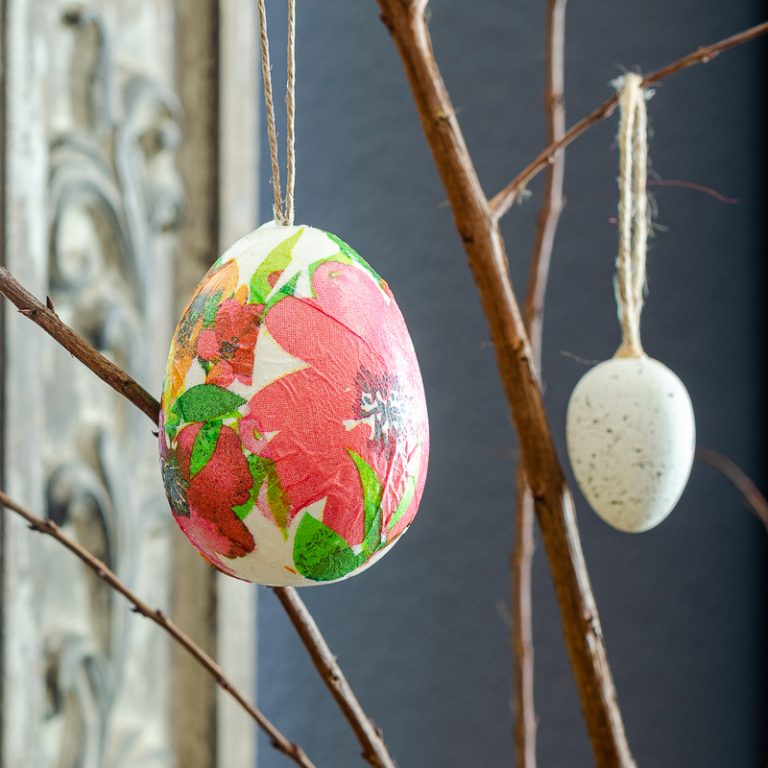
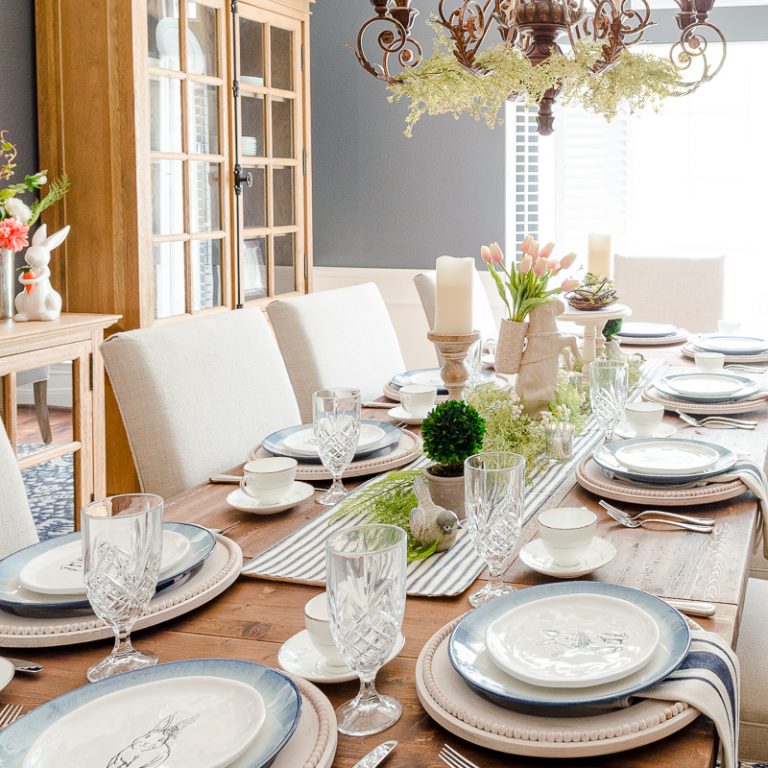
Instruction #7 says, “ Dye the eggs for 10-20 until they reach a vibrant color. Then, remove them from the dye.” Is it for 10-20 seconds or minutes?
Hi Jillian! Thanks for catching that. It should be 10-20 minutes. For a light pastel color, you can dye the eggs for 5-10 minutes. For a deeper, vibrant color I like to leave them in for 20 minutes. I hope this helps! Thanks, Crissy
This sounds like a fun tradition Crissy! Hope you have a blessed Easter celebration 🙂
Thank you, Cindy! We definitely found confetti everywhere by the time we were done yesterday! Ha! I hope you had a blessed Easter as well, my friend.
Great article!! We loved making and cracking cascarones at Easter! One other tip – don’t put flour in the eggs either – a nasty trick! It will quickly turn someone’s hairdo into a hairdough!!
What a fun and easy-to-create tradition, Crissy. This is the first time I have heard of cascerones! Confetti easter eggs sounds like something my grandchildren will love! Pinned!
I’m so thrilled to hear that! My boys LOVE making (and breaking) these. I’ve been making cascarones for as long as I can remember. So glad I could introduce you! Thanks for pinning!
What a fun family tradition. I love all the pretty eggs and confetti!
Happy Easter,
Kippi
Thank you, Kippi! We look forward to this every year! Happy Easter!